Disclosure: This article contains affiliate links. We may earn a commission from purchases at no extra cost to you, which helps our travel content.
When I first visited Mexico City as an adult, I was struck by how deeply it connected me to my Mexican heritage while challenging every preconception I had about this magnificent metropolis. As a public defender and mother of two curious children, I've learned that the best travel experiences combine cultural immersion with practical logistics. Mexico City—with its layered history, vibrant art scene, and innovative urban solutions—offers precisely this blend. Fall brings perfect weather: mild temperatures, minimal rain, and the excitement of Día de los Muertos preparations. Whether you're a couple seeking romance amidst ancient ruins or friends exploring one of North America's most dynamic cities, this carefully crafted 72-hour itinerary balances iconic landmarks with hidden gems, allowing you to experience Mexico City's soul without feeling overwhelmed. From navigating the sprawling metropolis to finding those perfect moments of tranquility, consider this your roadmap to a memorable first encounter with CDMX.
Day 1: Historic Center & Ancient Foundations
Your Mexico City adventure begins where the city itself began—the historic center, built atop the ancient Aztec capital of Tenochtitlan. Start early at Zócalo, one of the world's largest public squares, where the Mexican flag waves proudly over a space that has witnessed centuries of history. The Metropolitan Cathedral dominates one side, a testament to colonial influence built using stones from destroyed Aztec temples—a physical metaphor for Mexico's complex cultural layering.
Make your way to Templo Mayor, the archaeological site revealing the literal and figurative foundations of the city. When I visited with my children, I was struck by how the excavated ruins sit several meters below current street level, with modern buildings looming above—a perfect teaching moment about how cities evolve over time. The adjacent museum houses fascinating artifacts, including the monumental stone disc of Coyolxauhqui that tells stories of Aztec cosmology.
After exploring these ancient foundations, take a leisurely stroll down pedestrian-friendly Madero Street toward the Palace of Fine Arts (Palacio de Bellas Artes). This architectural masterpiece blends Art Nouveau exterior with Art Deco interior and houses stunning murals by Diego Rivera and other Mexican masters. The building itself represents Mexico's artistic renaissance following the revolution—something I always emphasize to my kids as we admire Rivera's famous mural 'Man at the Crossroads,' which was originally commissioned for Rockefeller Center but recreated here after being destroyed in New York.
For lunch, I recommend visiting the historic Café de Tacuba, where you can refuel with traditional Mexican dishes in a setting that's been serving diners since 1912. The café's colonial architecture and traditional Mexican tiles create an atmosphere that transports you back in time.
End your first day with a sunset visit to the Torre Latinoamericana observation deck. This 44-story skyscraper offers panoramic views that help you understand Mexico City's vast scale and unique geography. I always bring my compact binoculars to spot distant landmarks and gain perspective on the city's layout before diving deeper in the coming days.

💡 Pro Tips
- Visit Templo Mayor early to avoid crowds and heat
- The Palacio de Bellas Artes offers free entry on Sundays, but expect longer lines
- Many Centro Histórico museums are closed on Mondays
Day 2: Art, Parks, and Vibrant Neighborhoods
Begin your second day in the verdant oasis of Chapultepec Park, the largest urban park in Latin America and Mexico City's green lung. As a family that prioritizes both culture and outdoor time, I've found this massive park offers the perfect balance. Start at the National Museum of Anthropology, where you can build on yesterday's archaeological discoveries with the world's most comprehensive collection of pre-Hispanic Mesoamerican artifacts. The famous Aztec Sun Stone (often mistakenly called the 'Aztec Calendar') is a highlight, but don't miss the regional exhibits that showcase Mexico's diverse indigenous cultures.
After the museum, take a leisurely walk through Chapultepec Park toward Chapultepec Castle. Perched on a hill that was sacred to the Aztecs, this former imperial residence offers both historical exhibits and breathtaking views of the city. My children were fascinated to learn it's the only royal castle in North America that actually housed sovereigns—Emperor Maximilian I and Empress Carlota lived here in the 1860s. The castle's rooftop garden provides one of my favorite panoramic views of the Paseo de la Reforma boulevard stretching toward the city center.
For lunch, head to the upscale neighborhood of Polanco, often called the 'Beverly Hills of Mexico City.' While there are many high-end restaurants here, I prefer the more casual Quesadillas Doña Mari stand in Parque Lincoln for authentic, budget-friendly fare that locals love.
Spend your afternoon exploring the artistic neighborhood of Roma Norte, made famous by Alfonso Cuarón's film 'Roma.' This area's tree-lined streets are perfect for wandering, with Art Nouveau and neoclassical buildings housing independent boutiques, bookstores, and cafés. Don't miss the vibrant street art—I've developed a tradition with my kids of photographing murals that tell stories of social justice and cultural identity, topics that connect directly to my work as a public defender.
As evening approaches, make your way to the trendy Condesa neighborhood for dinner. This area is known for its Art Deco architecture and hip dining scene. El Parnita offers excellent contemporary Mexican cuisine in a lively atmosphere that's perfect for couples or friends. After dinner, experience Mexico City's renowned nightlife with craft cocktails at Baltra Bar or live music at Departamento—both neighborhood institutions that attract a mix of locals and in-the-know travelers.
When exploring these neighborhoods, especially after dark, I always carry my belongings in a anti-theft crossbody bag that keeps my essentials secure while allowing me to fully immerse in the experience rather than worrying about pickpockets.
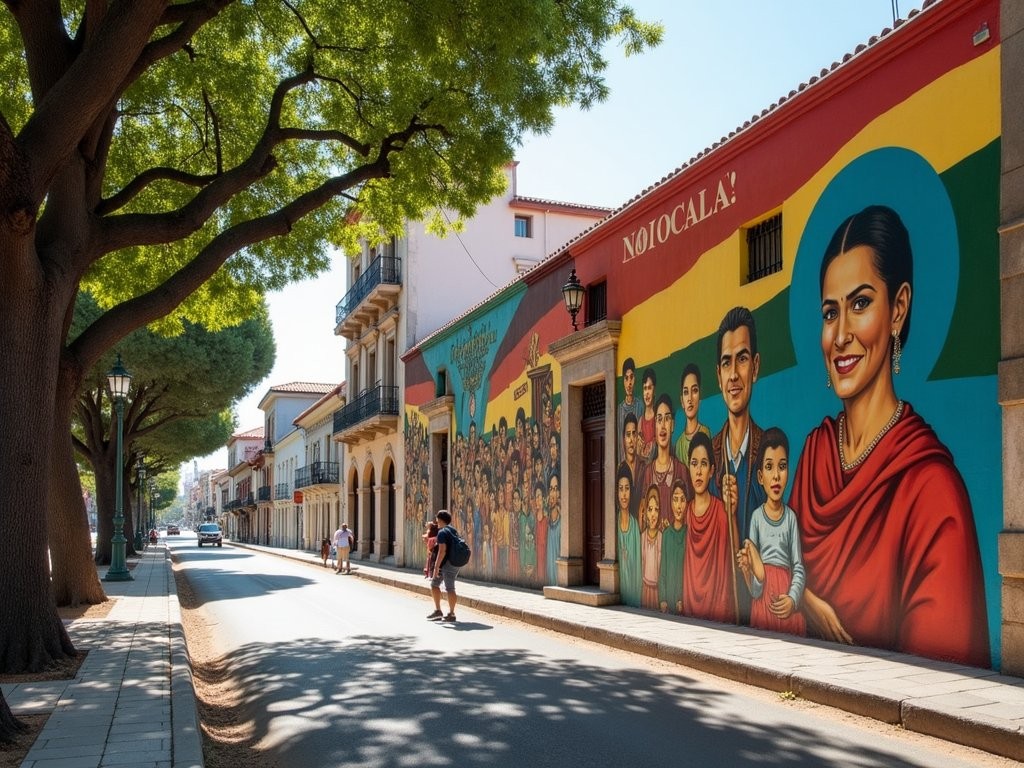
💡 Pro Tips
- Purchase Museum of Anthropology tickets online to skip the line
- Visit Chapultepec Castle early for the best lighting for photos
- Roma and Condesa are very walkable—wear comfortable shoes and explore on foot
Day 3: Canals of Xochimilco & Frida's World
Your final day takes you to two distinct areas that showcase different facets of Mexico City's character. Begin your morning with a journey to Coyoacán, a charming neighborhood that feels more like a small town than part of a massive metropolis. The centerpiece of any Coyoacán visit is Casa Azul (The Blue House), Frida Kahlo's former home turned museum. As someone who teaches my children about powerful women who overcame adversity, Frida's story holds special significance. The museum offers intimate glimpses into her life, art, and relationship with Diego Rivera.
Be sure to book your Casa Azul tickets well in advance through the official website—this is non-negotiable, as same-day tickets are nearly impossible to secure. I learned this lesson the hard way on my first visit! While in Coyoacán, take time to explore the central plaza with its twin fountains and the 16th-century church of San Juan Bautista. The local market offers excellent food stalls where you can sample regional specialties like tostadas and fresh fruit with chile powder.
After lunch, head south to Xochimilco, home to the last remnants of the ancient lake system that once covered the Valley of Mexico. Here, a network of canals and artificial islands (chinampas) dating back to Aztec times offers a glimpse into pre-Hispanic agricultural ingenuity. Rent a trajinera—a colorful flat-bottomed boat—for a leisurely cruise through the canals. These punting-style boats are piloted by skilled oarsmen and can accommodate groups of various sizes.
The Xochimilco experience is quintessentially Mexican—festive, colorful, and community-oriented. Floating vendors sell everything from corn on the cob to flowers, while mariachi bands on their own boats can serenade you for a fee. What many visitors don't realize is that beyond the tourist areas, these canals are still working waterways where local farmers tend to floating gardens using sustainable techniques developed centuries ago.
As an environmental advocate, I make a point to discuss with my children how these chinampas represent one of history's most sustainable urban farming systems—a lesson increasingly relevant in our climate-challenged world. If you're interested in the ecological aspects, consider taking a specialized tour of the less-visited ecological reserve area with organizations working to preserve these ancient agricultural practices.
For capturing these vibrant scenes without worrying about water damage, I rely on my waterproof phone case, which allows me to take photos freely while on the canals. And don't forget to bring cash for the boat rental and vendors—most don't accept cards.
End your day with a special farewell dinner at Contramar in the Roma neighborhood, known for its outstanding seafood and lively atmosphere. Their signature dish—pescado a la talla, a whole grilled fish served half in green sauce and half in red—is a perfect metaphor for Mexico City itself: colorful, bold, and offering something for everyone.

💡 Pro Tips
- Book Casa Azul tickets at least a week in advance
- Visit Xochimilco on weekdays to avoid local crowds
- Bring cash, sunscreen, and water for your canal journey
Getting Around: Navigating North America's Largest City
Mexico City's sheer size can intimidate first-time visitors, but with some strategic planning, navigating this metropolis becomes part of the adventure rather than a source of stress. As someone who's explored the city both solo and with children in tow, I've developed a system that balances efficiency with safety.
The Mexico City Metro is a marvel of urban transportation—extensive, affordable (about 5 pesos per ride), and remarkably efficient. The system uses a combination of colors and icons for each station, a design choice originally made to help non-literate passengers navigate the system when it was built in the 1960s. This makes it surprisingly intuitive even for non-Spanish speakers. During my visits, I've found the metro perfectly safe during daylight hours, though I recommend avoiding extremely crowded trains during rush hour, especially with children or valuable equipment.
For above-ground exploration, the Metrobús system offers dedicated bus lanes that bypass traffic congestion on major avenues. Download the official Metrobús app before your trip to track arrivals in real-time. When I'm visiting neighborhoods not well-served by public transit or traveling late at night, I rely exclusively on Uber, which is widely available, affordable, and eliminates language barrier issues or concerns about taxi scams.
Walking is my preferred way to explore neighborhoods like Roma, Condesa, and Coyoacán, where the architecture and street life are attractions in themselves. Mexico City sits at 7,350 feet above sea level, so even fit travelers may notice shortness of breath when walking uphill or climbing stairs. I always remind my children (and myself) to stay hydrated and take breaks as needed while our bodies adjust to the altitude.
For planning daily routes, I've found Google Maps reliable for public transit directions, but I also use the offline navigation app which allows me to download detailed city maps for use without data. This has saved me countless times when exploring areas with poor cell reception or when I'm trying to conserve my international data plan.
A final transportation tip: Mexico City's traffic can be legendarily bad during rush hours (roughly 7-10am and 5-8pm weekdays). Plan museum visits or longer commutes outside these windows whenever possible, and always budget extra time for important transfers like airport departures.
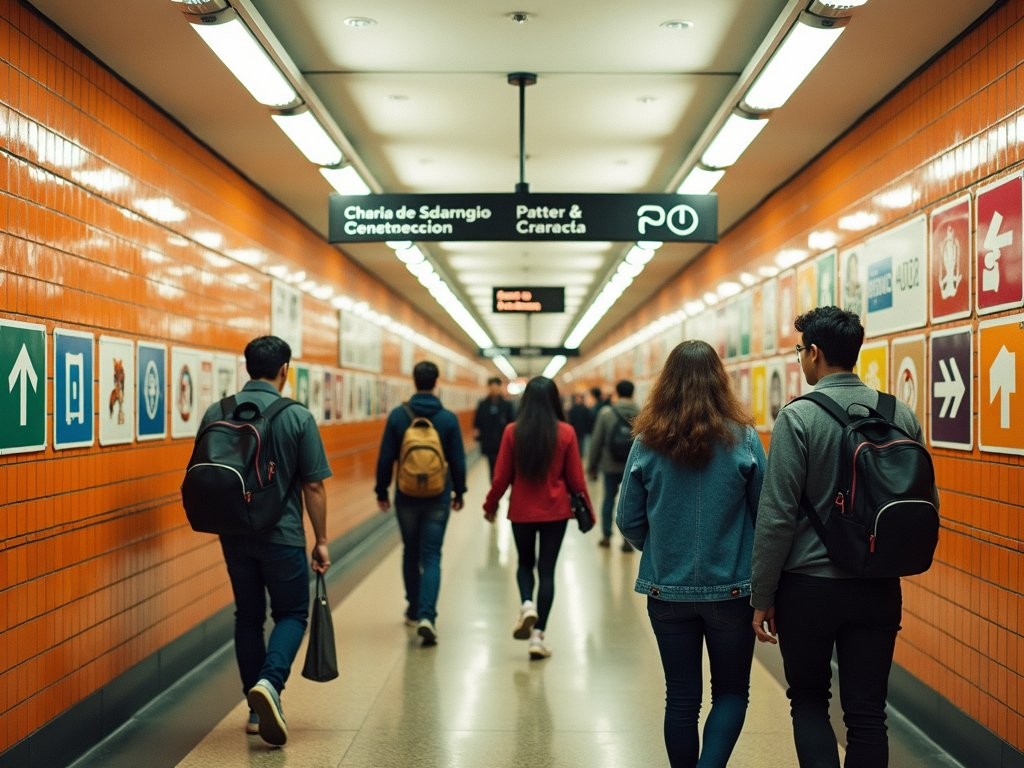
💡 Pro Tips
- Buy a rechargeable Metro card rather than single tickets if you'll take multiple rides
- Metro Lines 1, 2, and 7 connect most major tourist areas
- Uber is generally safer than hailing street taxis, especially at night
Where to Stay: Strategic Home Bases
Choosing the right neighborhood for your Mexico City home base can significantly impact your experience. After multiple visits exploring different areas, I've developed strong opinions about where first-timers should stay—balancing convenience, safety, and authentic local flavor.
For couples or friends seeking a blend of historic charm and modern amenities, Roma Norte offers the perfect mix. This walkable neighborhood features tree-lined streets, stunning architecture ranging from Art Nouveau to contemporary, and some of the city's best restaurants and cafés. Boutique hotels like Nima Local House Hotel provide intimate, design-forward accommodations that immerse you in the neighborhood's artistic character. Alternatively, numerous well-appointed Airbnbs in renovated historic buildings offer more space and kitchen facilities at similar price points.
Condesa, Roma's adjacent neighbor, offers a similarly appealing vibe with more green spaces, including the lovely Parque México. The area feels slightly more residential than Roma but still offers excellent dining and nightlife options within walking distance. Hotel Condesa DF represents the neighborhood's stylish, contemporary side with its rooftop bar offering spectacular views of Chapultepec Park.
For travelers primarily interested in historical sites, staying in the Centro Histórico puts you steps from major attractions like the Zócalo, Templo Mayor, and the Palace of Fine Arts. The Gran Hotel Ciudad de México offers old-world luxury with its stunning Tiffany stained-glass ceiling, while Zócalo Central Hotel provides modern rooms with unbeatable views of the cathedral and main square. However, be aware that while the historic center is vibrant during the day, many streets become quiet after businesses close—something to consider if evening walkability is important to you.
Polanco represents Mexico City's most upscale option, with luxury shopping, manicured parks, and some of Latin America's top restaurants (including Pujol, consistently ranked among the world's best). The neighborhood feels notably international and offers excellent security, making it popular with business travelers and luxury seekers. Las Alcobas provides sophisticated accommodations with thoughtful details like in-room aromatherapy and personal butler service.
Wherever you choose to stay, I recommend booking accommodations with packing cubes to keep your belongings organized in limited hotel space. These simple organizers have transformed how I travel, allowing me to unpack and repack quickly while keeping clothes wrinkle-free—especially helpful during short, busy itineraries like this one.
A final consideration: Mexico City's neighborhoods each have distinct personalities that change dramatically from one to the next. Rather than trying to find the 'perfect' area, I encourage first-time visitors to embrace this diversity by spending time in multiple neighborhoods—your perfect match might surprise you!
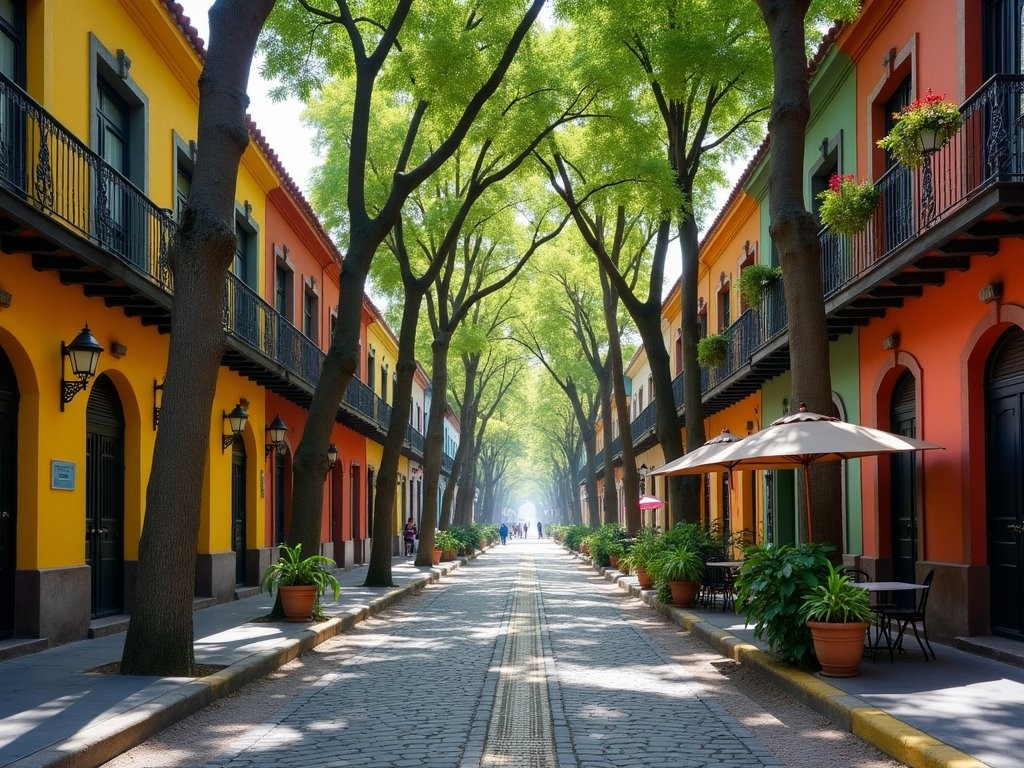
💡 Pro Tips
- Book accommodations with good sound insulation—Mexico City is vibrant but can be noisy
- Consider properties with elevator access if mobility is a concern (many historic buildings lack elevators)
- Most neighborhoods are safe, but always research the specific street/block before booking
Final Thoughts
As our 72 hours in Mexico City come to a close, I'm reminded why this metropolis continues to captivate me with each visit. Far from the one-dimensional portrayal often seen in media, Mexico City reveals itself as a complex tapestry where ancient traditions and cutting-edge innovation coexist on every block. What makes this city truly special is how it rewards curious travelers who look beyond the surface—whether that's noticing the Aztec stonework incorporated into colonial buildings or discovering how ancient chinampas farming techniques offer sustainable solutions for modern urban agriculture.
While this itinerary offers a solid foundation for first-timers, remember that Mexico City deserves multiple visits to truly appreciate its depth. Each return trip has peeled back new layers of understanding for me and my family, transforming our connection to both the city and our own Mexican heritage. I encourage you to use this weekend guide as a starting point, then allow yourself the freedom to follow unexpected discoveries. The most memorable experiences often happen when we venture just slightly off our planned path.
Until next time—¡buen viaje!
✨ Key Takeaways
- Mexico City rewards travelers who balance major attractions with neighborhood exploration
- The city's layered history is physically visible in its architecture and urban planning
- Public transportation is efficient and affordable for most major attractions
- Altitude affects everyone differently—stay hydrated and pace yourself accordingly
📋 Practical Information
Best Time to Visit
Fall (October-November) or Spring (March-May)
Budget Estimate
$100-200 per day excluding flights
Recommended Duration
Minimum 3 days, ideally 4-5 days
Difficulty Level
Moderate Due To Size, Altitude, And Navigation Challenges

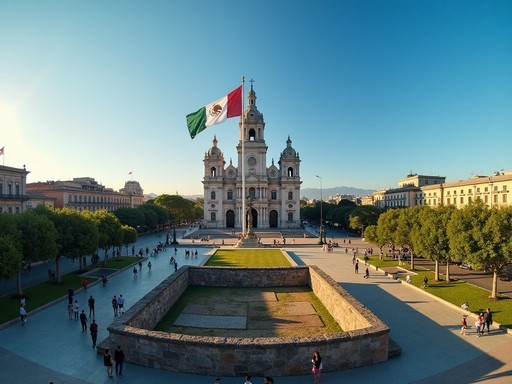
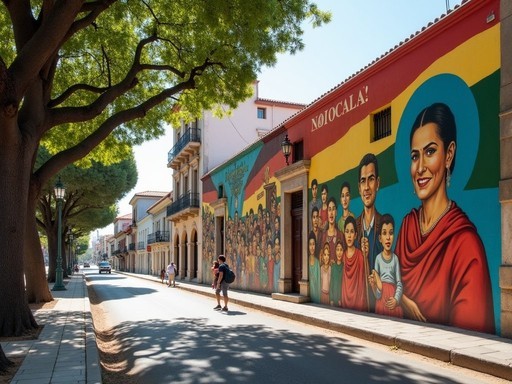
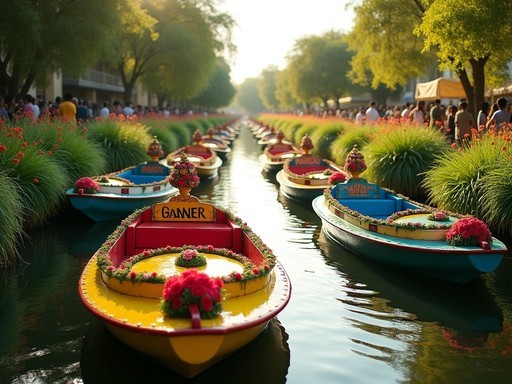



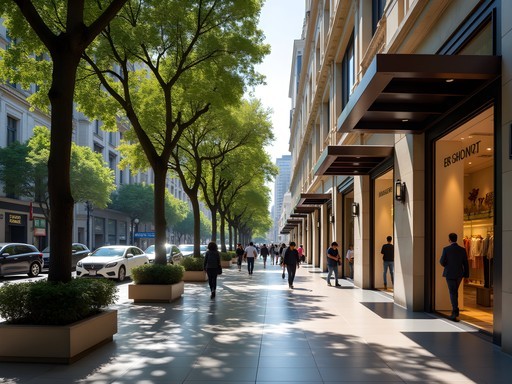
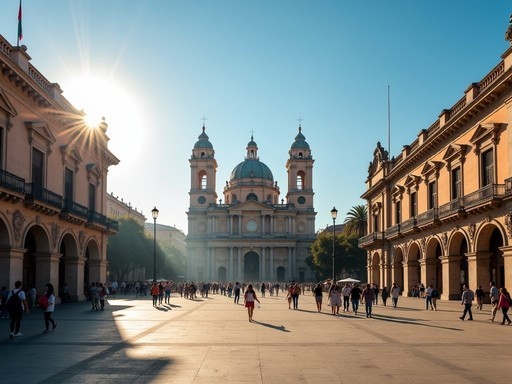
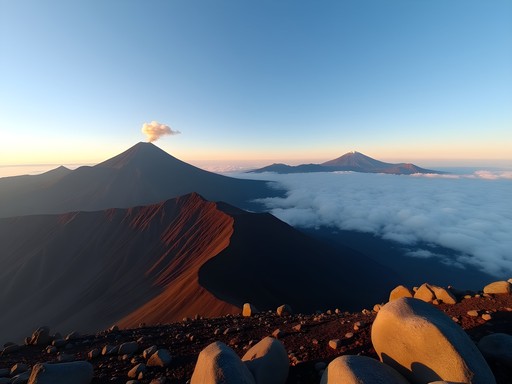
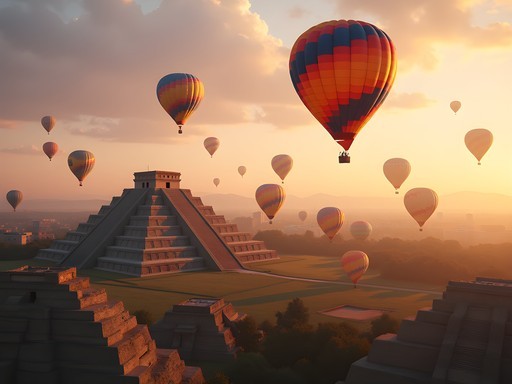
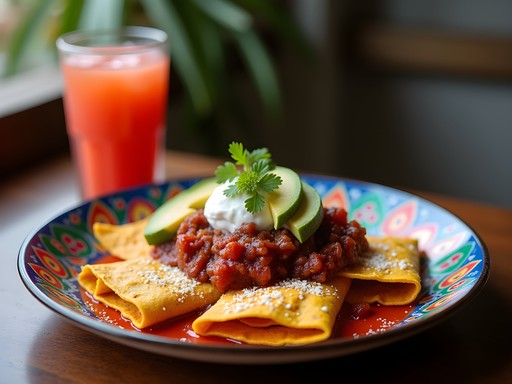
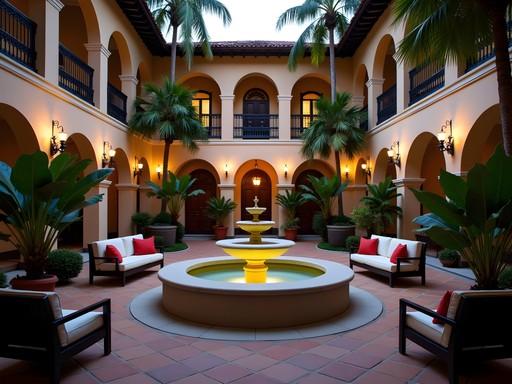
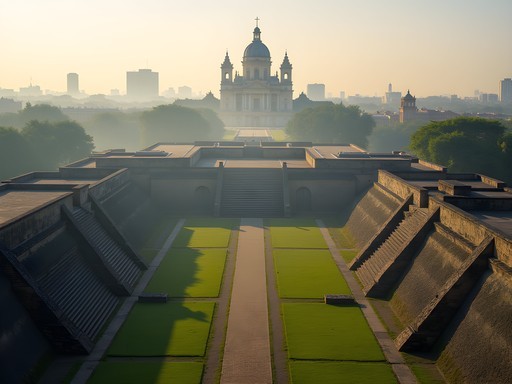

Comments
Riley Griffin
What a fantastic guide, Savannah! Your connection to your heritage really shines through. When I took my family to Mexico City last December, I was nervous about navigating such an enormous city with kids, but it ended up being one of our most memorable trips. We stayed in an Airbnb in Condesa, which was perfect for morning walks to local panaderías for fresh conchas with the kids. One tip I'd add - the Turibus hop-on-hop-off service was actually great for giving our legs a break between neighborhoods. My daughter still talks about the churros from El Moro - we went back three times! And visiting the main plaza at night when it was all lit up for Christmas was magical. Mexico City completely changed my perception of what family travel could be.
sunnyblogger
I only have 5 days in Mexico - would you recommend spending all of them in CDMX or trying to fit in a day trip to Teotihuacan or Puebla? Is Uber safe there?
Riley Griffin
Not the author, but I'd definitely recommend fitting in Teotihuacan! It's only about an hour away and absolutely worth it. We went with our teenagers last summer and it was their favorite part of the trip. Uber is very safe in Mexico City - we used it constantly with no issues. Just make sure you have offline maps downloaded since cell service can be spotty outside the city.
sunnyblogger
Thank you so much! That's really helpful. Did you go to Teotihuacan on your own or with a tour?
Riley Griffin
We did a small group tour that included a stop at the Basilica de Guadalupe. Totally worth the extra cost for the historical context they provided. My kids would have just seen 'big pyramids' without the guide explaining the significance!
George Hayes
Savannah, your itinerary brings back such vivid memories! When I took my family to Mexico City last spring, we followed a similar route but added the Museo Nacional de Antropología on our second day, which the kids absolutely loved. The massive Aztec calendar stone blew their minds! We also found that carrying our water filter bottle saved us from constantly buying plastic bottles, which was both economical and better for the environment. One thing I'd add - if you're visiting with kids, the Sunday bike route (when they close major avenues to cars) is magical. Seeing my children freely biking down Reforma Avenue with locals was a highlight of our trip!
happyway1941
This brought back so many memories!!! We did almost the exact same itinerary last year and LOVED every minute. The Frida Kahlo museum was incredible - definitely book tickets in advance people! And omg the food... I'm still dreaming about those tacos al pastor from that little stand in Roma Norte 🤤
oceanwanderer
Great post! I'm planning a trip in January - is that a good time to visit? And would you recommend staying in Roma Norte or Condesa for a first-timer?
Savannah Torres
January is actually a great time to visit! The weather is mild and it's less crowded after the holiday season. Both Roma Norte and Condesa are perfect for first-timers - I slightly prefer Condesa for its leafy streets and park access, but you can't go wrong with either!
coolbackpacker
Just got back from CDMX last month and your itinerary is spot on! We also did the Xochimilco canals on our last day and it was such a highlight. One tip for anyone going - bring small bills for the boats that pull up selling food and souvenirs. The elote from the floating vendors was honestly the best I had during our entire trip. Also, the metro is super efficient but gets insanely packed during rush hour - we learned that lesson the hard way!
happyway1941
The floating vendors are the best! Did you try the micheladas too?
coolbackpacker
Yes! Those micheladas were incredible - so much better than what I get back home. Perfect on those sunny canal days!
Sage Dixon
Savannah, this is such a well-crafted itinerary! Having lived in Mexico City for 3 months last year, I can attest that you've really captured the essence of what makes CDMX special. I'd add that food lovers should consider a morning food tour in Colonia Roma - it completely transformed how I understood Mexican cuisine beyond the typical tacos and guac (though those are amazing too!). For anyone worried about language barriers, I found that in tourist areas, many people speak some English, but learning basic Spanish phrases goes a long way. The locals really appreciate the effort! One last thing - the Sunday bike day (Muévete en Bici) when they close Reforma to cars is magical if your trip happens to fall on a Sunday morning. Rent a bike and join thousands of locals enjoying the city's grand boulevard without traffic!
summerguy
Thanks for the Sunday bike tip! We'll be there over a weekend and that sounds perfect.
sunsetblogger
Just got back from Mexico City and followed parts of this itinerary - worked out great! One tip: download the Didi app (like Uber but cheaper in Mexico) and make sure you have offline Google Maps downloaded. Cell service was spotty for me in some areas. Also, if you're into mezcal, check out La Clandestina in Condesa - amazing selection and knowledgeable staff who will guide you through tastings.
vacationwalker
Those churros from El Moro look incredible! Added to my list.
happyrider
They're life-changing! Get the chocolate dipping sauce too!
happyrider
OMG YESSS to this itinerary!! I've been to CDMX four times now and still discover something new each visit! Your Day 3 recommendations are perfect - Xochimilco was such a highlight for us! We hired a boat with some other travelers we met at our hostel and brought our own snacks and drinks. The mariachi bands that pull up alongside you are AMAZING but negotiate the price before they start playing! Also, Coyoacán is just the cutest neighborhood ever. Could spend all day at the markets there. Can't wait to go back again!!! 😍🇲🇽
Venture X
Premium card with 2X miles, $300 travel credit, Priority Pass